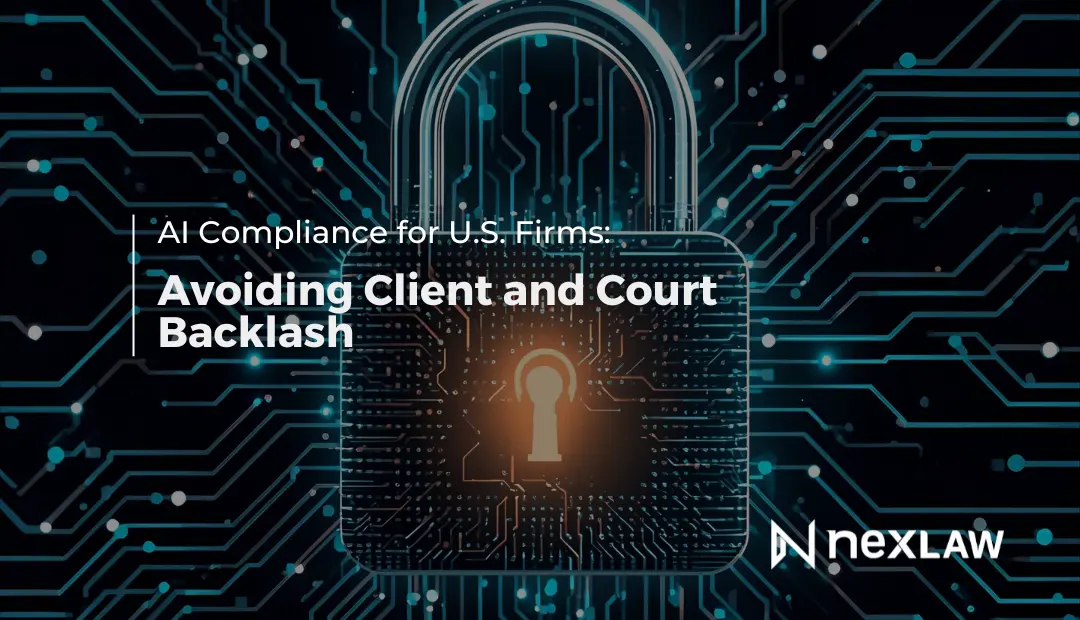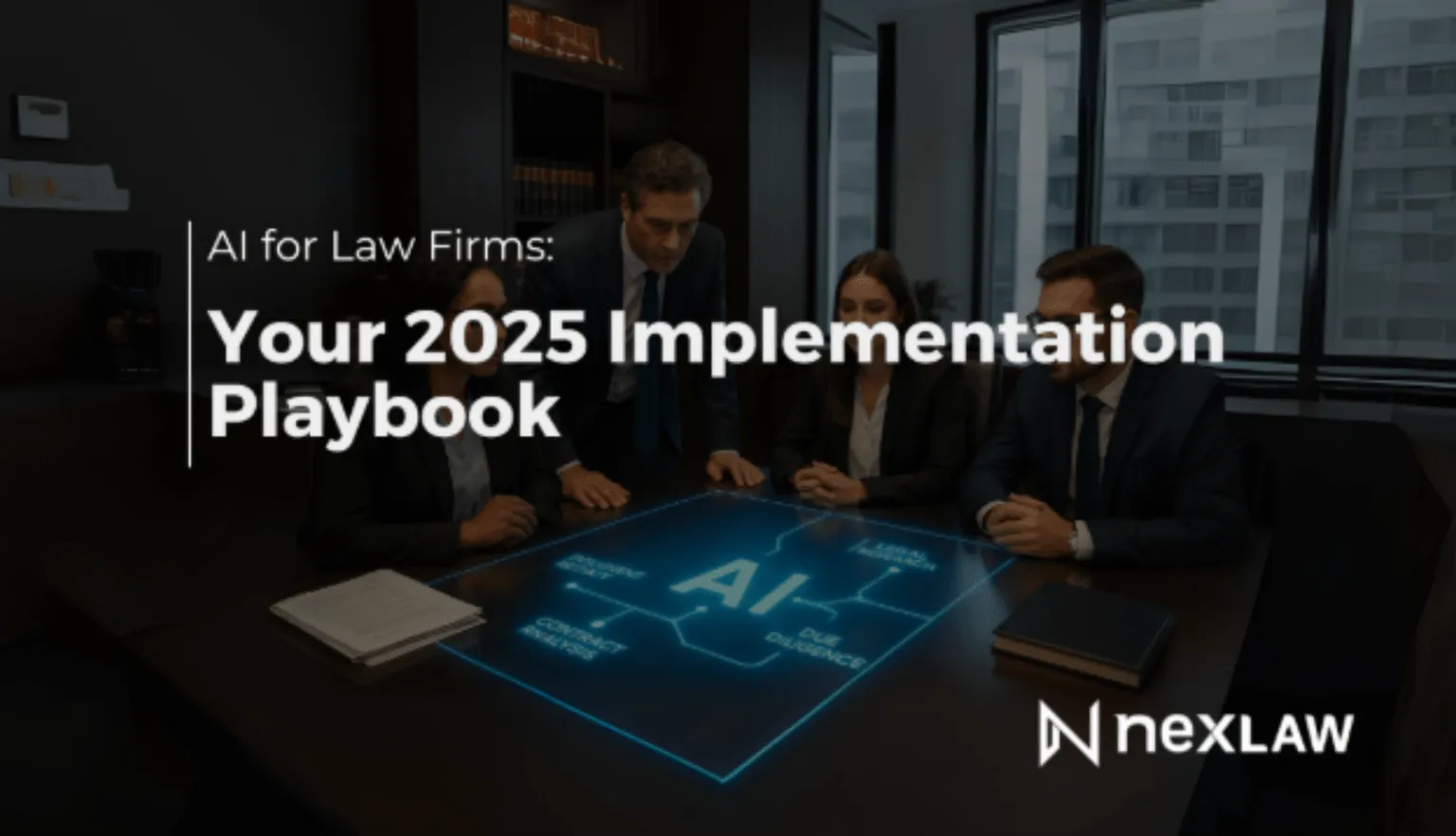Using AI to Draft Legal Documents: Efficiency Guide
Legal document drafting has traditionally been one of the most time-intensive and skill-dependent aspects of legal practice. Today, artificial intelligence is revolutionizing this fundamental function, enabling attorneys to create sophisticated legal documents with unprecedented speed and accuracy while maintaining the precision and quality that legal practice demands.
The AI Document Drafting Revolution
The transformation of legal document creation through artificial intelligence represents one of the most significant efficiency improvements in modern legal practice. An impressive 54% of legal professionals now use AI to draft correspondence, representing a fundamental shift in how legal documents are conceptualized, created, and refined.
The global legal document automation software market stands at $1.13 billion and is set to expand to $3 billion by 2033, driven by the economics of legal service delivery. This dramatic growth reflects widespread recognition that AI-powered drafting isn’t just an efficiency tool, it’s a competitive necessity.
Modern AI drafting systems have evolved far beyond simple template filling to provide sophisticated document creation capabilities that understand legal context, jurisdictional requirements, and client-specific needs. These advanced systems can generate complex legal documents that require minimal human editing while maintaining professional quality standards.
The efficiency improvements enable attorneys to focus on high-value strategic work rather than repetitive drafting tasks, fundamentally changing how legal services are delivered and valued in the competitive legal marketplace.
Proven Efficiency and Accuracy Improvements
The performance statistics for AI-powered document drafting demonstrate transformational improvements that reshape legal practice economics. Legal professionals can create first drafts 72% faster through AI-powered drafting systems, enabling dramatic improvements in productivity and client service delivery.
Document automation reduces creation time by up to 90% according to comprehensive surveys of legal professionals across corporate, family, and estate planning law. This isn’t just about speed, it’s about enabling attorneys to handle larger caseloads while maintaining quality standards and reducing the stress associated with deadline pressures.
Automated systems reduce human error by 32% in document preparation, addressing both efficiency and professional liability concerns. For attorneys handling high volumes of routine documents, this error reduction represents significant risk mitigation while improving client satisfaction.
Perhaps most importantly, AI outperformed trained lawyers by 10% in accuracy for document analysis and review, demonstrating that AI-assisted drafting can actually improve document quality while dramatically increasing creation speed.
The time savings translate directly to improved profitability and enhanced client service. Attorneys can redirect saved time toward strategic counsel, business development, and complex legal work that commands premium rates while providing greater professional satisfaction.
Advanced AI Drafting Capabilities
Modern AI drafting systems provide sophisticated capabilities that extend far beyond simple template completion. Contextual understanding enables AI to analyze case facts, client requirements, and legal objectives to generate appropriate document language that addresses specific circumstances and strategic goals.
- Jurisdiction Intelligence: Jurisdiction intelligence automatically adapts document language and provisions to comply with local legal requirements, court rules, and regulatory standards. When drafting a commercial lease in California versus Texas, AI systems automatically adjust security deposit requirements, notice provisions, and termination procedures to ensure compliance with state-specific regulations.
- Clause Optimization: Clause optimization leverages AI analysis of successful legal precedents to suggest optimal language based on proven effectiveness in similar circumstances. The system learns from successful contract negotiations and litigation outcomes to recommend language that provides maximum legal protection while maintaining commercial viability.
- Risk Identification: Risk identification capabilities provide real-time analysis of document language to flag potentially problematic provisions, ambiguous terms, or missing protections that could create future legal issues. This proactive risk assessment helps attorneys create more robust documents while avoiding common drafting pitfalls.
- Legal Citation Integration: Legal citation integration automatically incorporates relevant case law, statutory references, and regulatory citations to support document provisions and ensure legal accuracy. AI systems maintain current legal databases and can identify the most persuasive authorities for specific legal positions.
Comprehensive Document Coverage Across Practice Areas
AI drafting capabilities span the full spectrum of legal documents, from routine correspondence to complex transactional and sophisticated litigation materials. This comprehensive coverage enables law firms to standardize their AI implementation across multiple practice areas while maintaining specialized functionality for specific document types.
- Contract Drafting: Contract drafting represents one of AI’s most successful applications, with systems capable of generating service agreements, employment contracts with jurisdiction-specific compliance features, NDAs with industry-specific protection language, and commercial leases with complex calculation provisions.
- Litigation Document Creation: Litigation document creation includes AI-generated pleadings and motions with integrated legal research, comprehensive discovery requests tailored to case specifics, settlement agreements with terms optimized based on comparable outcomes, and brief writing with automated research integration and persuasive argument structure.
- Transactional Documents: Transactional documents benefit from AI’s ability to coordinate complex deal structures, ensure consistency across multiple related documents, and adapt standard forms to unique transaction requirements while maintaining legal accuracy and commercial effectiveness.
NexLaw’s AI-Powered Legal Drafting Assistant
NexLaw offers a next-generation AI platform designed to help legal professionals draft high-quality legal documents with speed, consistency, and jurisdictional precision. Through NeXa’s dedicated drafting modes, users can create motions, contracts, memos, and more without sacrificing legal accuracy.
- Focused Drafting Across Document Types: From contracts and letters to legal memos and motions, NexLaw enables efficient drafting across practice areas through structured AI prompts. Each mode is designed to reflect legal reasoning and deliver coherent, professional outputs tailored to legal workflow.
- Context-Aware and Jurisdiction-Sensitive: By allowing users to input jurisdictions (e.g., California, New York), NexLaw adapts tone, structure, and content to align with local court expectations, improving both clarity and compliance in legal writing.
- Built on Legal Intelligence: NexLaw incorporates patterns from case law, persuasive reasoning, and legal structure to offer drafting suggestions that go beyond simple text generation, producing outputs grounded in real legal strategy and logic.
- Streamlined Review and Iteration: Legal professionals can easily regenerate, edit, and refine drafts directly in the platform, making NexLaw an effective partner for fast-paced legal teams who demand accuracy and efficiency.
Implementation Strategies and Security Considerations
Successful AI drafting implementation requires strategic planning that addresses both technical deployment and organizational change management. Leading firms begin with pilot programs focusing on high-volume document types where AI can demonstrate immediate value while building user confidence and expertise.
Quality monitoring establishes review processes and accuracy measurements to ensure that AI-generated documents meet professional standards while identifying opportunities for system optimization and improved performance.
Data protection remains paramount in AI drafting implementation, particularly given the sensitive nature of client information and attorney confidentiality obligations. Enterprise-grade security measures include comprehensive encryption for all document data, access controls that ensure appropriate user permissions, and audit trails that maintain complete records of document creation and modification activities.
Revolutionize Your Legal Drafting with AI
Draft contracts, memos, and motions in minutes, not hours. NexLaw’s AI platform helps legal teams save time, improve accuracy, and deliver work clients trust.
- Book a Demo – Experience faster, smarter drafting
- Explore Our Plans – Find the right fit for your firm```
.webp)




.webp)
